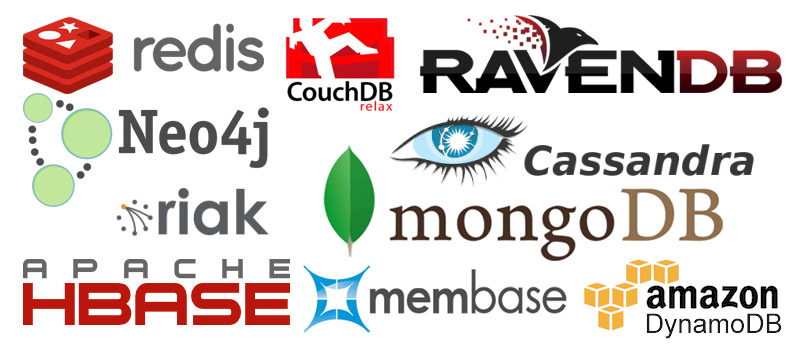In parts 1 and 2, we saw how relational databases need us to break up data and store it in little pieces. We specifically talked about splitting up data into different tables in part 1. In this part, we will see how we can get the different pieces of data from different tables together again and what kind of problems this merging causes. Continue reading “Say NO to SQL: Part 3”
Tag: nosql
Say NO to SQL: Part 2
In part 1, we saw how relational and non-relational databases differ in structure. Tables must have a singular, ‘unbreakable ‘ piece of information per row and column in a relational database, while non-relational databases can even contain tables inside tables (called nested data).
In this part, we will see how a relational database wreaks havoc with a piece of information so fundamental, that by the end of this post, you will start wondering why relational databases have been in use for so long! We are talking about human names today. We are talking about how a term I call ‘structural rigidity’ of relational databases caused an unnecessary and unwilling ‘standardisation’ in the way we look at human names today. Continue reading “Say NO to SQL: Part 2”
Say NO to SQL: Part 1
Database systems are the mainstay of applications. Without databases, it would be extremely difficult to store data in an organised manner or extract it quickly and easily. However, over the last five years, there is a shift in the type of database systems that are being used. There is a steady increase in the number of users who are adopting NoSQL databases in favour of traditional relational databases. Why is it so? First of all, what are NoSQL databases and what are relational databases? Over the course of this ‘Say NO to SQL series’, you will have all the answers. Continue reading “Say NO to SQL: Part 1”
